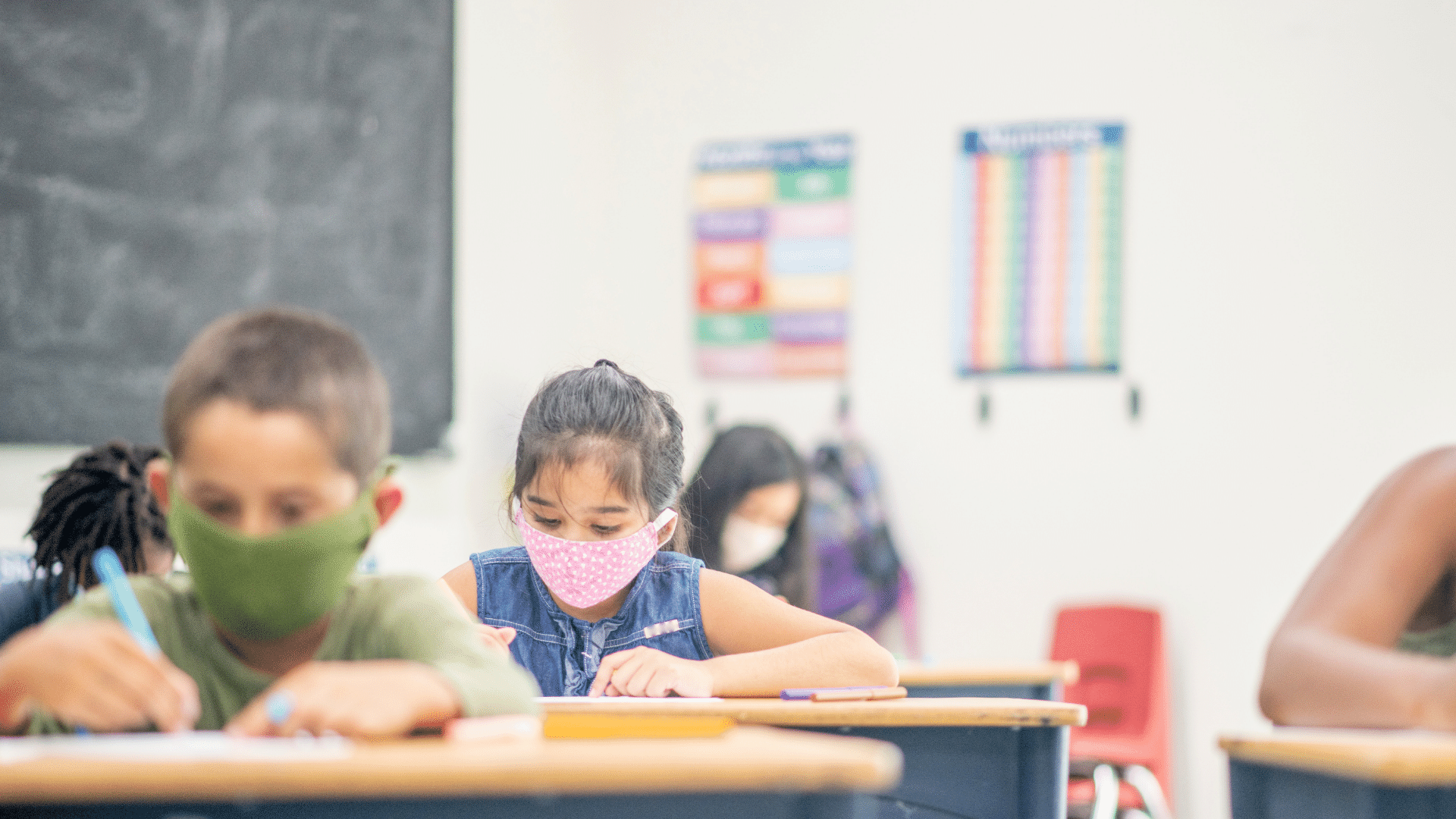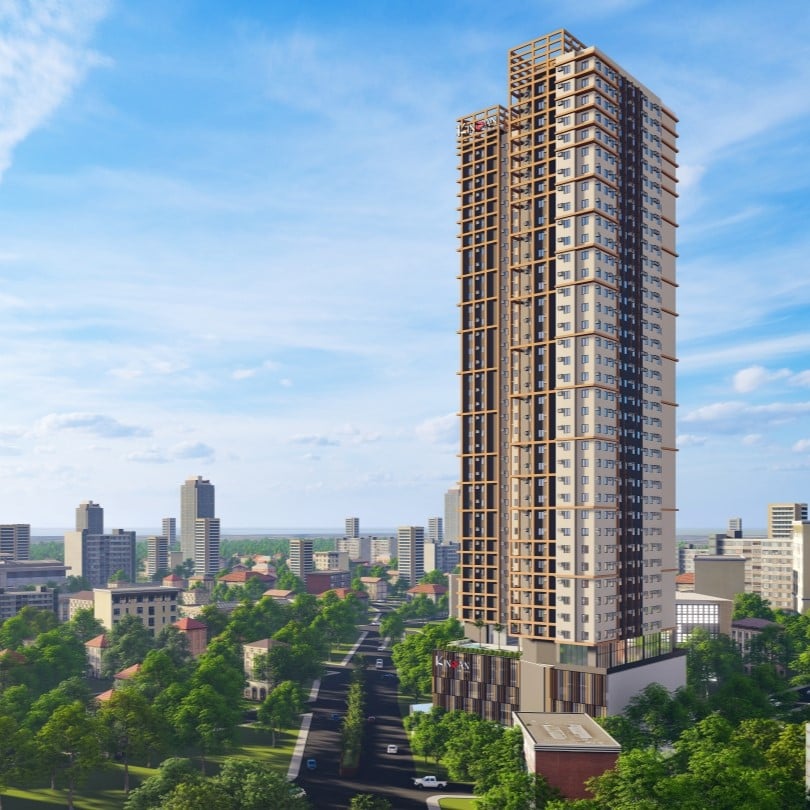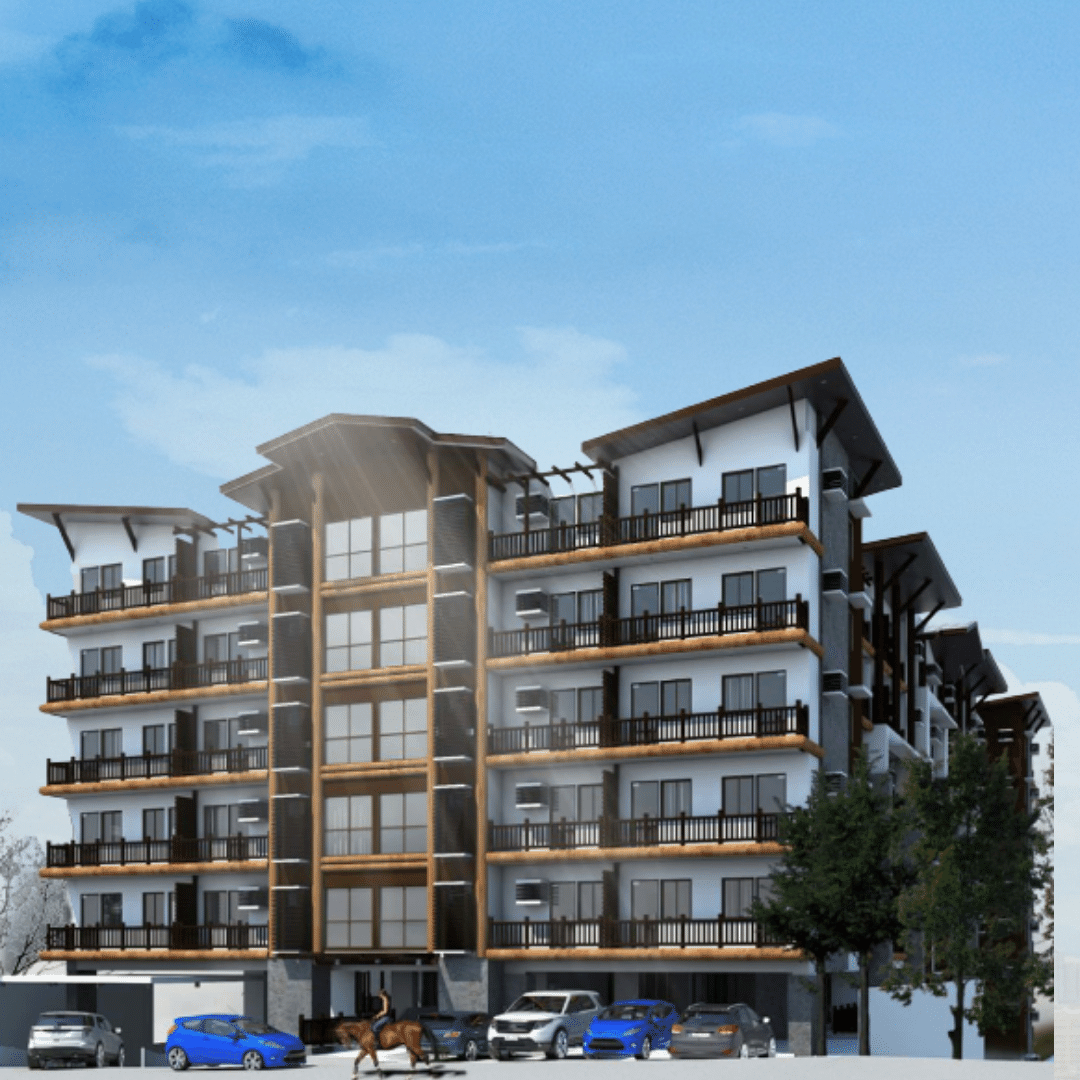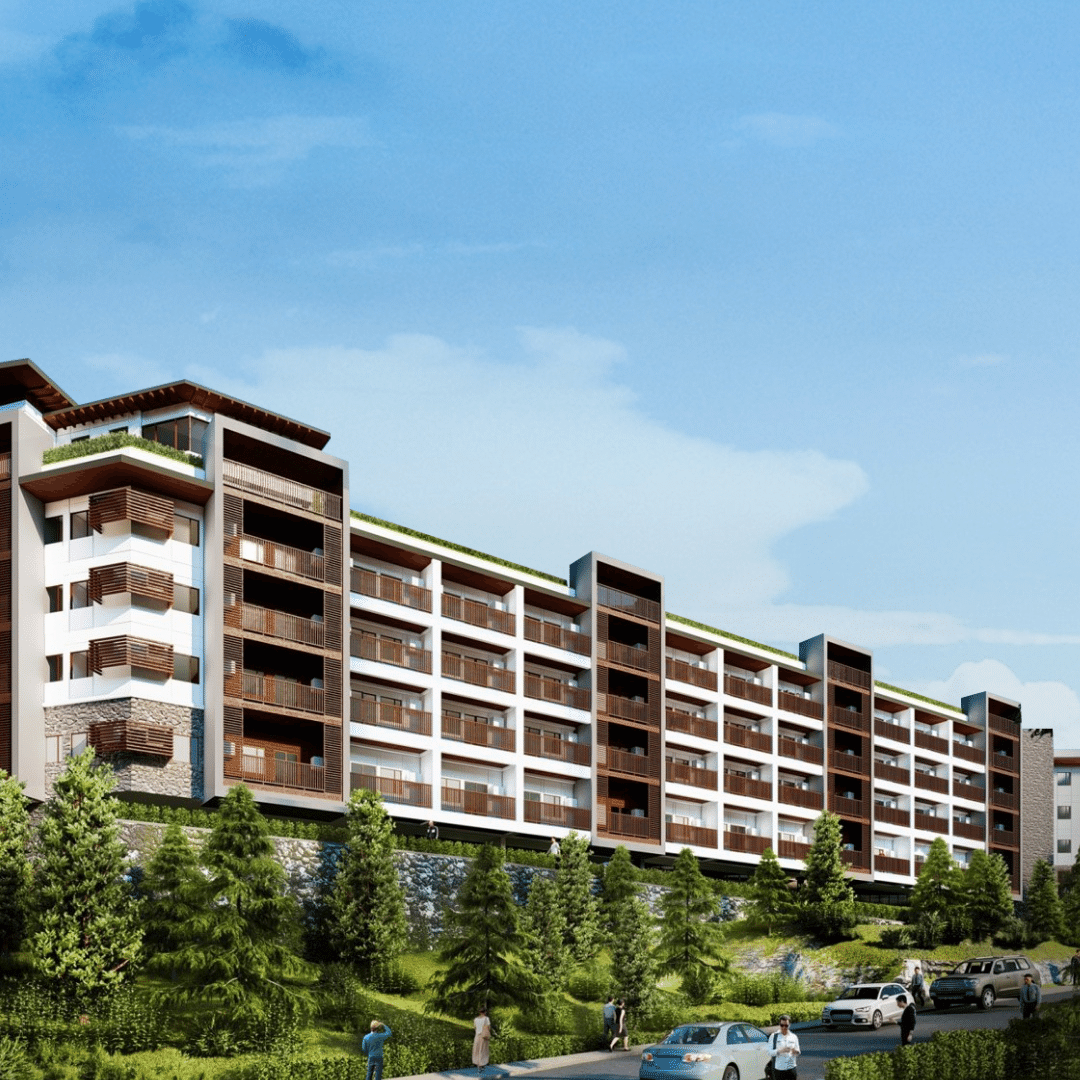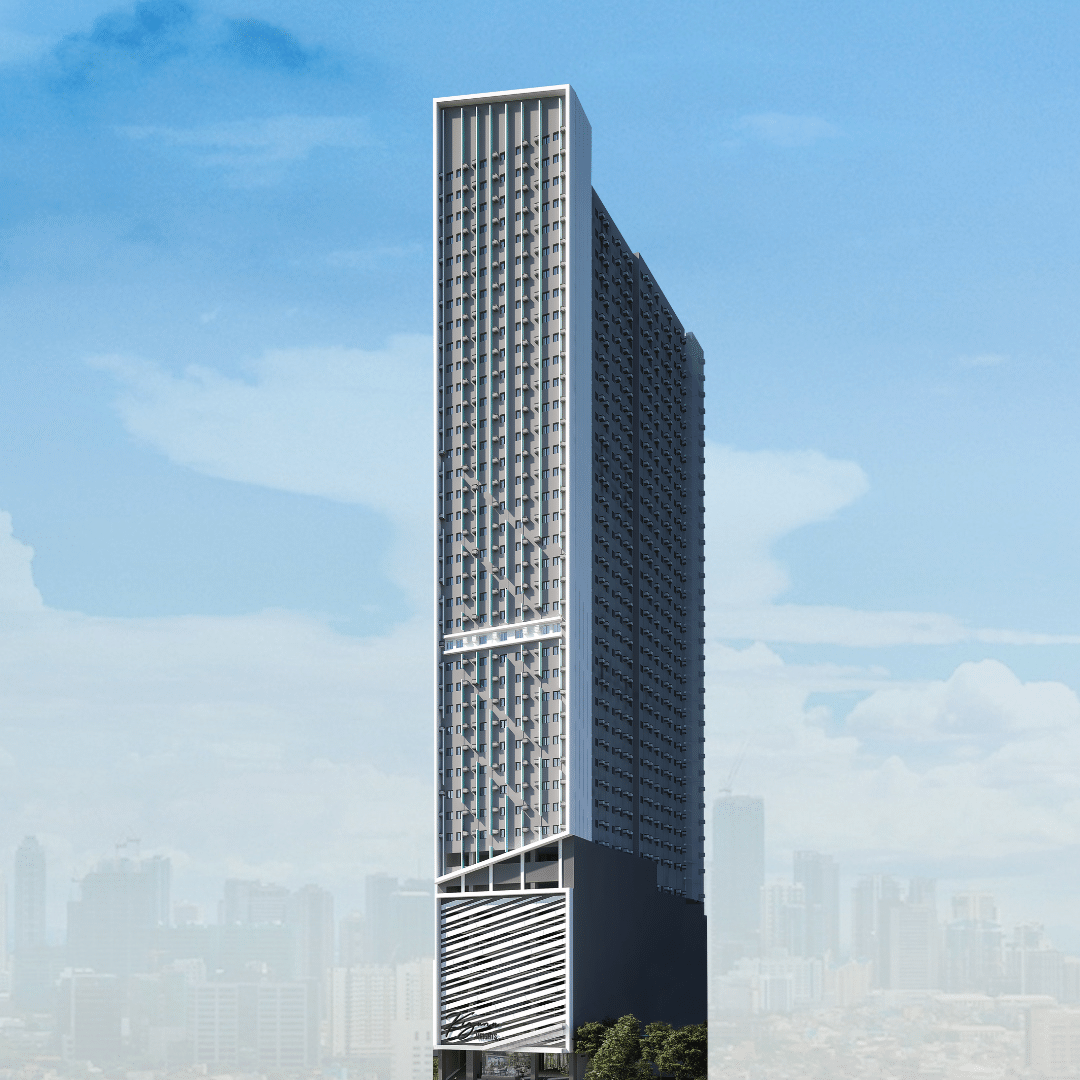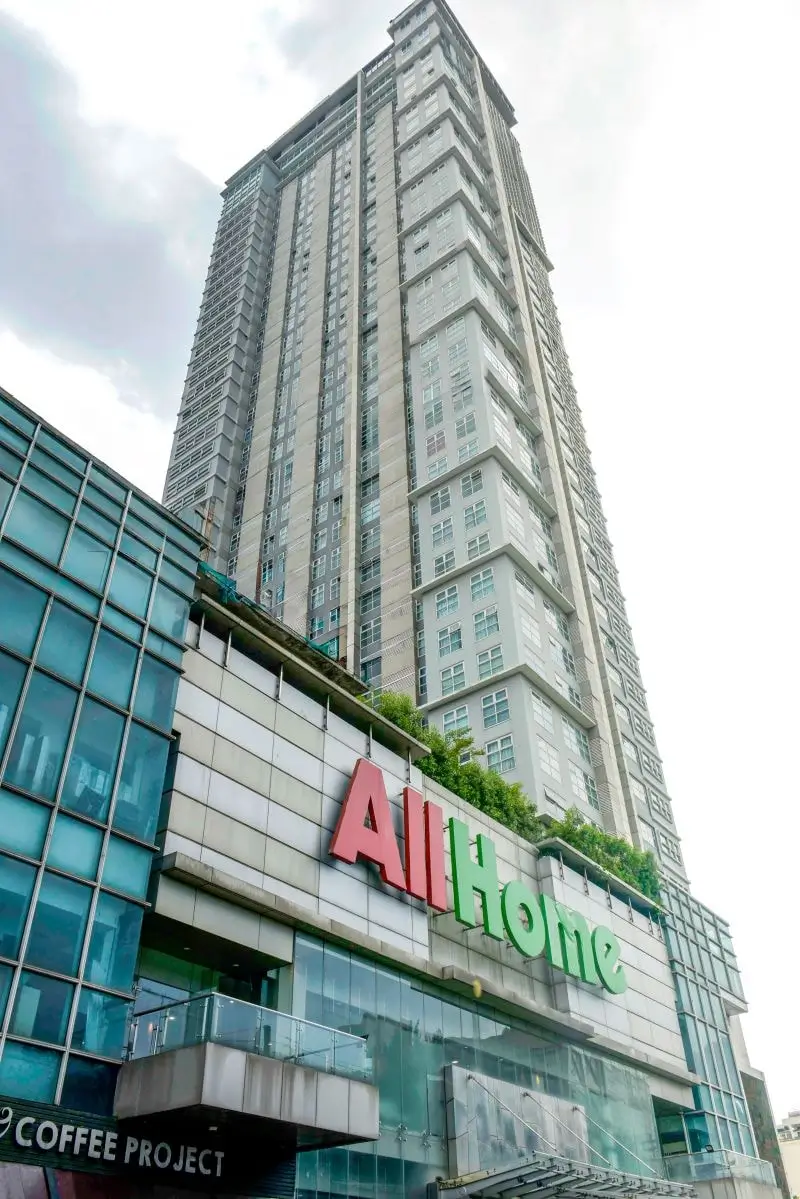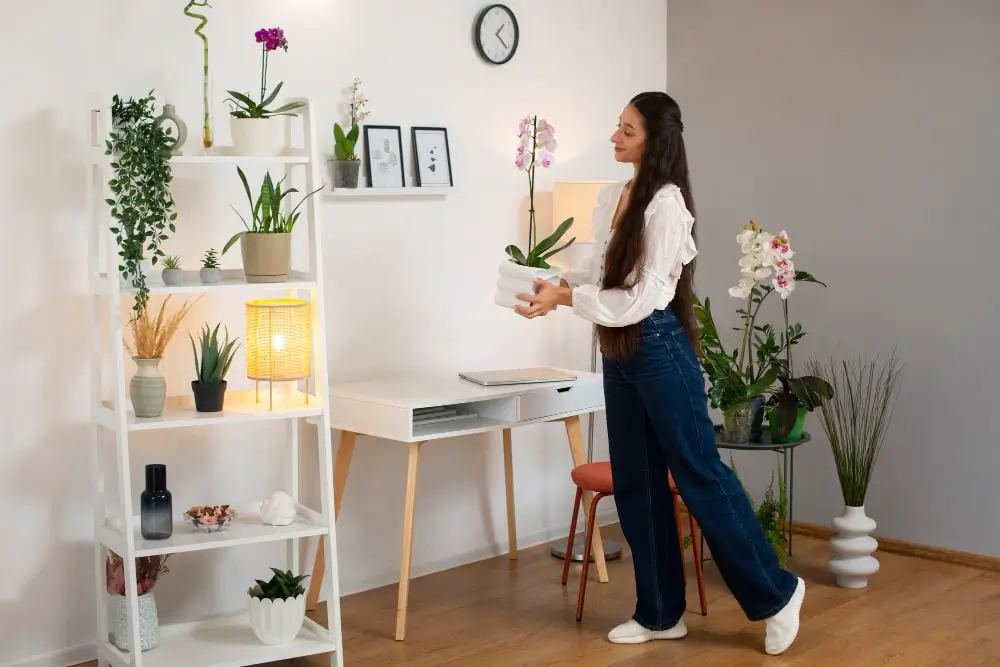Around late September of this year, President Rodrigo Duterte approved the resumption of face-to-face classes in the Philippines in low-risk areas against COVID-19. The pilot implementation, which began on November 15, included 100 public schools and 20 private schools with grade levels ranging from kindergarten to grades 1-3, all the way to senior high school.
On November 5, the Commission on Higher Education (CHED) announced the Inter-Agency Task Force’s (IATF) approval of 50% capacity face-to-face classes for all college degrees in areas under Alert Level 2. Prior to this, face-to-face classes were limited to degree programs like medicine, engineering, and technology-related courses.
"In the IATF [Inter Agency Task Force], we discussed in the other day that in places that are already under Alert Level 2, we will allow now limited face-to-face up to 50% in all degree programs in these areas," CHED Chairman Prospero de Vera III said.
Following this announcement, Metro Manila and Metro Cebu schools and universities have applied to be a part of the pilot implementation and/or have begun making plans to bring their respective students back on campus.
With all the plans of onsite class resumption laid down, you might be quick to make hasty decisions, like traveling back to the city of your school, shopping for school supplies, or buying a ready for occupancy condo that is a walk away from your school or university.
Before making these decisions, it is important to know the facts so far and their significance in the near or long-term future.
The context of face-to-face classes amidst COVID-19
March 9, 2020, was the last time students were on campus for the school. Classes were suspended from March 10 - March 14 due to the imminent outbreak of COVID-19. Once President Duterte implemented the community quarantine, face-to-face classes were suspended indefinitely.
This ushered in the Basic Education Learning Continuity Plan — the framework for distance learning for Basic Education. On the other hand, online classes were conducted at the tertiary education level.
The shift to online classes presented numerous problems.
One, shifting to online classes was unprecedented but teachers and students had to immediately adjust. Second, many teachers and students lacked the supplies to make the online class work. Examples revolve around steady internet and a device (e.g. Laptop, Tablet). Third, the online class was supposed to fill in as makeshift classes; it was not intended to last as long as it is right now.
Online class on its own is something generally ill-received by both Filipino students and teachers.
In a Manila Bulletin article, one student shared that he does not feel “academic ease” due to the mire of expenses and anxiety from the pandemic.
“There’s also the problem with internet connection and additional expenses but we’re not getting any support, ” he said.
He added that he had difficulty focusing on school since there was a lot on his mind. On one end, he has to comply with his requirements. On the other end, he has to think about the fear of himself or his loved ones contacting the virus.
For these reasons, he dropped out of school temporarily.
From the teachers’ perspective, one teacher narrated being in front of her computer screen for almost the whole day since she had to teach class, tend to online consultations requested by students, and attend meetings with co-teachers.
Adding to the mental and physical exhaustion is the adjustment for teachers in their own expenses.
“Our salaries are not enough and now, there are additional expenses for distance learning,” she stated.
When the rest of the world steadily adjusted to the global ordeal, at one point, the Philippines was the only country with no face-to-face classes, and education was still completely shut down.
The amalgamation of these problems led to a UNICEF report on the Philippines’ crisis on education, with emphasis on the said country’s distance learning as “18 months of lost learning.”
Challenges of face-to-face classes
Challenges of conducting face-to-face classes during a pandemic range from health problems to logistical problems.
CHED provided pertinent conditions for a school to resume face-to-face classes.
First, they should have a high vaccination rate among students and faculty. Second, the local government unit should permit this. And finally, campuses should be retrofitted with the necessary equipment to keep the place sanitized and safe.
While the aforementioned criteria make sense, it does not address other questions and concerns.
With the return of onsite classes, is attendance required? What if I am not vaccinated yet? What if I am still not comfortable going outdoors? The school may give assurance that it will keep us safe, but what about before entering or leaving school premises? If someone contacts the virus during face-to-face classes, what protocols are in place? Will he/she be compensated and taken care of by the institution?
These are the many different questions that will have to be resolved to make the transition back to onsite classes seamless and to put students' and teachers’ hearts at ease.
Future Implications
Since we are still in a pandemic, and nobody can tell what can happen next, perhaps the most obvious implication is that face-to-face classes will be re-canceled. If the Philippines experiences massive reflux of COVID-19 cases — enough to increase the alert level to level 4 or level 5 — then Filipino students and teachers will obviously be relegated back home and in an online class.
On the flip side, the gradual return of face-to-face classes is the first step in reviving Philippine education. Considering the fact that the local vaccination rate and local COVID-19 cases and deaths are inversely proportional, this can cause a call for optimism that as a country battling a pandemic, the light at the end of the tunnel is nearing.
In light of the diminishing number of active COVID-19 cases, the alert level system is expected to drop to alert level 1, the most lenient among all alert levels.
But while COVID-19 in the Philippines is more or less controlled, it is the pandemic of fear and anxiety among Filipinos that must be combatted.
With the questions and concerns raised by this article, if local authorities are able to address most (if not all) of these, then the Philippines as a country can begin the long-awaited transition to new normal.
If you are thinking of moving in to a new condominium, check out Vista Residences!
Vista Residences is the condominium arm of the country’s largest homebuilder, Vista Land & Lifescapes, Inc. that offers ready for occupancy and pre-selling condominium projects in Manila, Makati, Mandaluyong, Quezon City, Ortigas, Baguio, Cebu, and CDO that are strategically located within major cities, in close proximity to premium universities, transit oriented locations and developed business districts.
At Vista Residences, unit owners can take advantage of the property’s centrality. The properties of Vista Residences are strategically located near the country’s premium universities and CBDs, making them an attractive investment for both local and foreign investors.
Living in Vista Residences enables you to enjoy convenience, where everything is pretty much within walking distance or a few minutes away from the property; comfort because the project features and amenities are designed to deliver comfort at all times, which makes condo living a worthy investment; security that is 24/7 and CCTV monitoring, which makes the residents safe and secure within the property.
In line with Vista Residences’ thrust to offer convenience among its residents, it also features an AllDay Convenience Store and Coffee Project in all its projects.
For more information on Vista Residences, email [email protected], follow @VistaResidencesOfficial on Facebook, Twitter, Instagram, and YouTube, or call the Marketing Office at 0999 886 4262 / 0917 582 5167.
